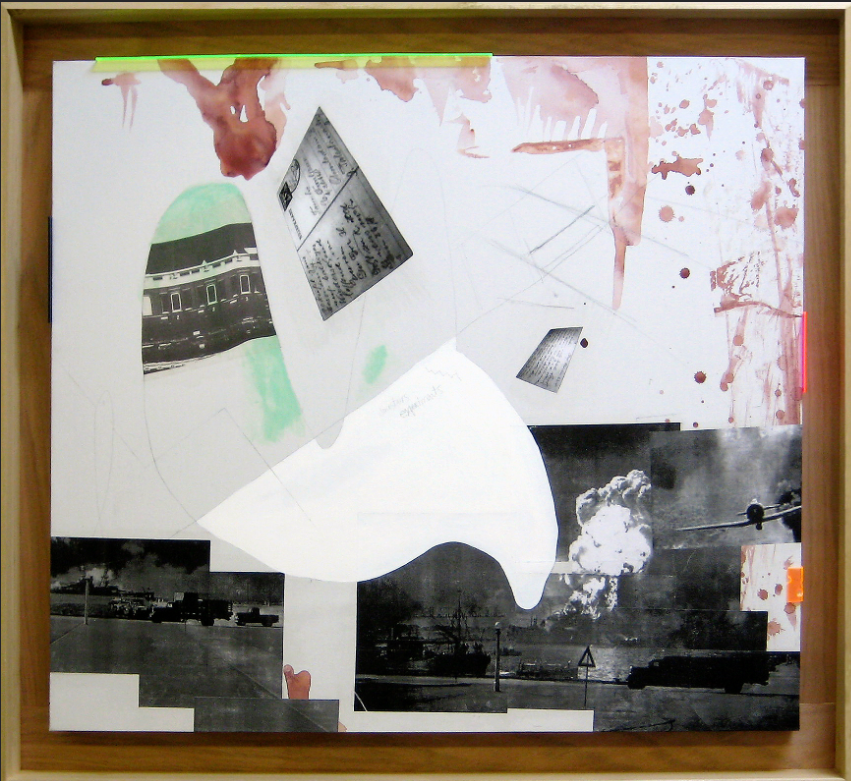January 27th marks International Holocaust Remembrance Day, the date on which the Red Army liberated Auschwitz in 1945. Although a monumental moment in the history of the Second World War, the war itself did not end in Europe until May, and globally the death and destruction continued in the Pacific theater until August of that year. This simple reminder of the war’s timeline illustrates the ways Holocaust, which did not end on January 27th with the liberation of Auschwitz, is difficult to confine to a set of dates within the larger sequence of global events.
In the Center’s collections are photographs taken for the UNRRA by Maxine Rude. Rude, originally from southwestern Wisconsin, traveled throughout Europe while on assignment to document the plight of “Displaced Persons” (DPs) living in allied-run DP-Camps. The images include a variety of subjects, from refugees working in trades they occupied prior to the war (or newly learned at some point in the interim), to Jewish war orphans looking after other vulnerable children. One takeaway from these images, is the lack of certainty many faced for years following the war’s end. Liberation might have occurred abruptly, but normalcy and stability did not. Jewish DPs languished for years before receiving entry visas, or the ability to enter the British Mandate of Palestine. Many non-Jewish DP’s were “repatriated” nationals with newly-drawn borders in Eastern Europe, where they faced uncertain fates. As we mark this important day in the history of genocide, we remind ourselves of the provisional nature of liberation.
These realities are apparent in David Feinberg’s (Professor Emeritus of Art) collaborative project, Voice to Vision, where survivors of genocide and mass violence created works of art using oral histories and objects of signifance as sources of inspiration. For example, Lucy Smith recalls the months she and her mother spent returning to Lublin (then the provisional capital) after the Red Army kept advancing westward. They hitched rides with soldiers in exchange for vodka, while also staving off extreme hunger. Even as the war was nearing its end, its effects were long-lasting.
Similarly, it is important to remember that mass violence occurred for years prior to the outbreak of war, and that survivors’ paths to safety still encompassed hardship and death. In another Voice to Vision series, Margot De Wilde recounts how her family had received visas to enter the US, only to have them revoked with the United States’ entry into World War II. She, her husband, and extended family were ultimately deported to Auschwitz, resulting in what she calls “the twins that never met,” the life she might have had, had she been able to enter the US as planned.
One final example involves the ways children and descendants of those fleeing genocide and mass violence experience the past. Whether from Lithuania, Greece, Bosnia, or Sudan, the subjects on particular series chose objects that harkened to their families’ experiences fleeing violent conflict, and how the trauma indirectly shaped them decades later on a personal level, away from collective amnesia and public commemoration alike.
The Center for Holocaust and Genocide Studies highlights these primary sources from its own archive and from its affiliate faculty to capture the complications of memorializing these events, and the aftermaths of which that continued to unfold for the months, and even years, to come. When teaching about these subjects, these realities should not be ignored due to their continued for groups today affected by genocide.
Meyer Weinshel is a Ph.D. candidate in Germanic studies at the University of Minnesota Twin Cities, where he is the educational outreach and special collections coordinator for the UMN Center for Holocaust and Genocide Studies. In addition to being an instructor of German studies, he has also taught Yiddish coursework with Minneapolis-based Jewish Community Action and at the Ohio State University.



Comments 1
janice — January 27, 2024
thank you for researching and presenting this read